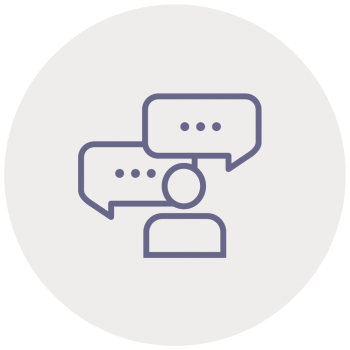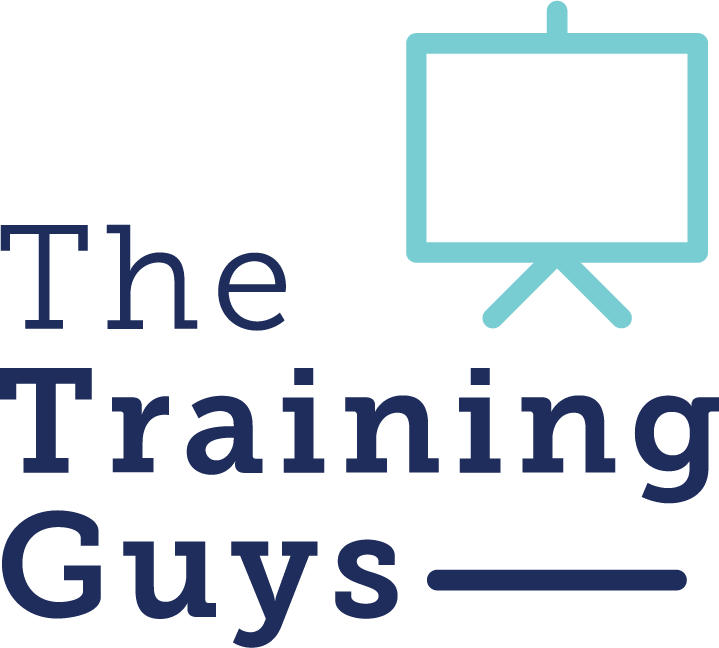
Customer
Service
1 – Customer Service 1
2 – Customer Service 2
3 – Customer Communication Skills
4 – Telephone Techniques
5 – Customer Psychology
6 – Serving Internal and External Customers
7 – Dealing With Difficult Customers and Situations
8 – Adding Value To The Customer
9 – Overcoming Barriers To Service
Module 1
Customer Service 1
- The benefits of great service – For you and the customer!
- Who are your customers?
- Understanding and clarifying your customer’s needs
- Meeting your customer’s needs
- The importance of initiative and being pro-active
- Projecting the appropriate image to your customers
- Developing trust and rapport
- Building confidence and integrity
- The importance of follow-up
Module 2
Customer Service 2
- Delivering professional customer service
- Giving individualised service
- Enhancing your service style – lifting the bar!
- Appropriate problem management
- Focusing on the need rather than the problem
- Identifying other opportunities
- Developing and maintaining a positive attitude
- Business Acumen
- Awareness of the bigger picture
- The role we play
- Cause & Effect
- Customer service in a changing environment
Module 3
Customer Communication Skills
- What is effective communication?
- The key elements of effective communication
- Active listening
- Using appropriate language
- Giving clear information and explanations
- Overcoming the barriers to communication
- Physical barriers
- Psychological barriers
- Semantic barriers
- Communication via email – when to use and how
- Understanding and interpreting body language
Module 4
Telephone Techniques
- Telephone communication skills
- Managing inbound and outbound calls
- Opening the call
- Your speaking voice – the importance of confidence
- Using the right words, tone, intonation and speed
- Managing the body of the call
- Closing the call
- Controlling the call
- Guidelines for screening calls
- Putting the caller on hold
- Transferring a call
- Taking messages
- Call time management
Module 5
Customer Psychology
- Treating customers as individuals – Who are you dealing with?
- Reading your customer’s expectations
- Adjusting your style to become more effective
- Appropriate assertiveness
- Dealing with misinterpretation
- Coping with over-sensitivity
- Using behaviours to build rapport
- Behavioural changes under stress
- Adapting your communication to become more ‘customer friendly’
Module 6
Serving Internal and
External Customers
- Identifying internal vs. external customer needs
- How do your internal customers evaluate service?
- Guidelines for providing exceptional internal customer service
- Increasing communication between different roles and departments
- Educating your internal customers – clarifying their expectations
- Meeting deadlines and keeping internal customers informed
- Creating a positive environment
- Taking a team approach
Module 7
Dealing With Difficult
Customers and Situations
- What is a difficult customer and why?
- Identifying customer problems
- Never tell customers your problems
- Turning complaints into opportunities
- Dealing with a anger and emotion
- Identify and how to deal with abusive customers and other challenges
- The importance of politeness
- Managing stress and pressure – Emotion vs. Logic
- Conflict Resolution – Getting to a ‘win-win’
- Real life scenarios
Module 8
Adding Value To The Customer
- Taking responsibility – owning your customers and sales
- Building integrity in our actions – keeping your customers up to date
- Identifying opportunities for adding value in the eyes of the customer
- How to make recommendations without appearing ‘pushy’
- Keeping the customer happy
- Ensuring customer continuity
- Identifying common goals
- Developing customer loyalty
- How to keep the customer coming back for more!
Module 9
Overcoming Barriers To Service
- Identifying challenges of our unique environment
- Recognising sources of stress and conflict
- Defining specific problems / issues to solve
- Analysing potential causes
- Generating and selecting the best solutions
- Implementing the solution – who is responsible?
- Evaluating the successful impact on customers
- Increasing motivation and empowerment among the customer service team

